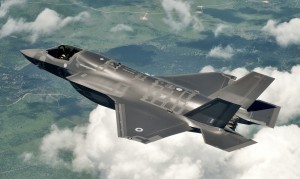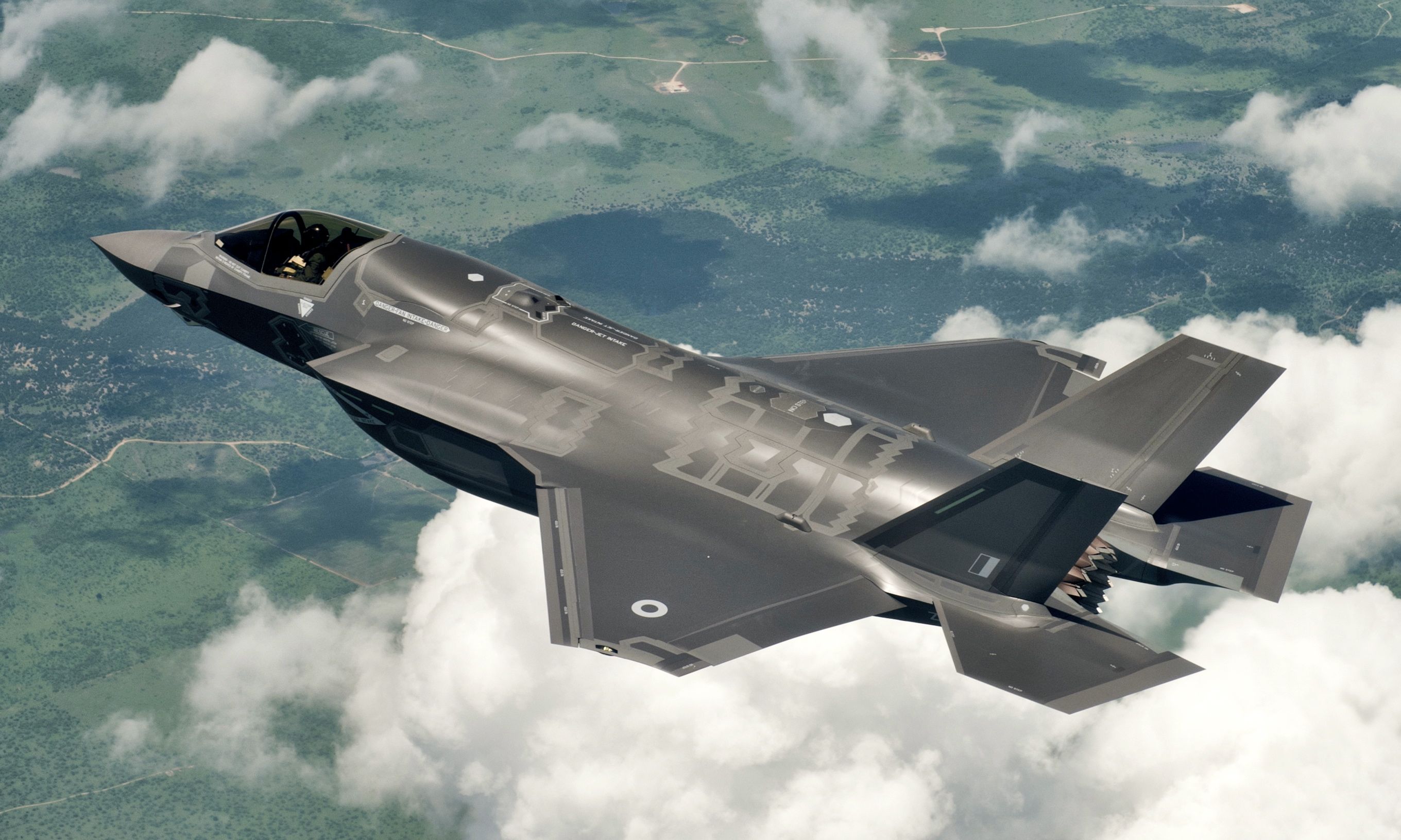2012-08-03 by Robbin Laird
We have posted a number of articles during the UK government’s deliberation with regard to the F-35C versus the F-35B. In a PDF special report included in this article, we have brought those articles together into one report. A key element not so obvious within the debate was the strategic impact of the F-35 on the UK and its capabilities and the need now to do some serious strategic thinking moving forward.
At the heart of this effort will be to leverage the F-35 as the core command and control element aboard the new British carrier and networked with the RAF and allied land or sea-based air and missile systems.

As Ed Timplerlake has highlighted:
Since no platform fights alone: the entire F-35 Type/Model/Series connects the Air Force, Navy, Marines, and Allies in a cohesive unified fighting force. This is why a combination of an F-35A with the B can provide a possible vector of RAF and RN synergy and convergence in shaping a combined approach.
Additional assets that can really augment this US and Allied “joint” air force is the Aegis Ships with the SM-3 missile and SSGN with cruise missiles for fire support .
No longer should the F-35B be considered a boutique niche aircraft only essential for Marine combat con-ops. With vision and commitment on numbers it can become a tactical aircraft that sends a strategic signal.
The reason is simple, an F-35B can stand strip alert on any long runway, U.S. or Allied. From a strategic point of view think of Guam, South Korea or in the Middle East on all long runways. As a crisis situation develops, the F-35Bs can be remotely placed in secret hardened bunkers and revetments and thus become a significant deterrence asset that can instantly sortie into combat and return to gas and go again and again.
The F-35C, Navy version, is tied to large deck “cat and trap” angle decks, whereas the F-35B is a flexible tool able to deploy on many ships, working concurrently with helo and MV-22 flight ops and on many airfields, fixed, long, short, or not even todays operational airfields but just hard surface roads.
The F-35B reverses the relationship between pre-defined operational bases and the aircraft. The aircraft no longer constrains the definition of an airfield.
The sortie rate of an F-35 aircraft is more than just rearm and “gas and go.” It is continuity of operations with each aircraft linking in and out as they turn and burn without losing situational awareness.
This can all be done in locations that can come as a complete tactical surprise –the F-35B sortie rate action reaction cycle has an add dimension of unique and unexpected basing thus getting inside an opponent’s OODA (Observe, Orient, Decide and Act) loop.
And I focused on the potential for the UK not to operate with the U.S. when that is operationally or politically necessary.
The Brits are not likely in any case to follow the con-ops of the Carrier Battle Group; they will be evolving the con-ops of the ESG. Whether with their own ships and air assets, or those of allies – American or not – the Queen Elizabeth with F-35Bs on board can operate as an ESG focal point. And because of the deck flexibility, they will be able to mix and match helos with airplanes, unmanned and manned or whatever evolves over the next 40 years of the life of the ship.
The RAF buying F-35As makes inherently good sense because it will be the cheapest of the F-35s and be produced in large numbers over the course of the program. And the shared combat systems means that the F-35Bs operating off of the carrier can work inseparably with the RAF or ANY other land-based F-35s which the Brits will need to work with.
The implications for the UK’s coalition approach are significant. The inherent flexibility of the F-35B enabled deck means that the British can lead an operation, can contribute to an operation, or support an operation. A distributed sea base is made up of a variety of platforms, ranging from patrol boats, frigates, destroyers, submarines, etc.
The F-35B can put a cover over the distributed seabase, providing air cover, seamless transition from air-to-air to close combat support, and can connect through MADL with whatever F-35 assets are available from the RAF or allies.
Remembering that allies in Europe and the Middle East are buying F-35As in decent numbers, this means a significant expansion of what the F-35Bs aboard the carrier CAN DO. No platform fights alone in the F-35 world.
For a copy of the Special Report go to the following:


